The Eagle Owl has a wingspan of 160–188 cm (63–74 in). Females weigh 1.75–4.2 kg and males weigh 1.5–3 kg.
Thoughtful.
+portrait.jpg) |
| Eurasian Eagle-Owl (Bubo bubo) portrait. (© LightColourShade. All rights reserved) |
Great Grey Owl or Great Gray Owl (Strix nebulosa) is a very large owl of the Northern Hemisphere, aka Phantom of the North, Cinereous Owl, Spectral Owl, Lapland Owl, Spruce Owl, Bearded Owl, and Sooty Owl. This owl does not have ear tufts and has the largest facial disc of any raptor.
Shrewd.
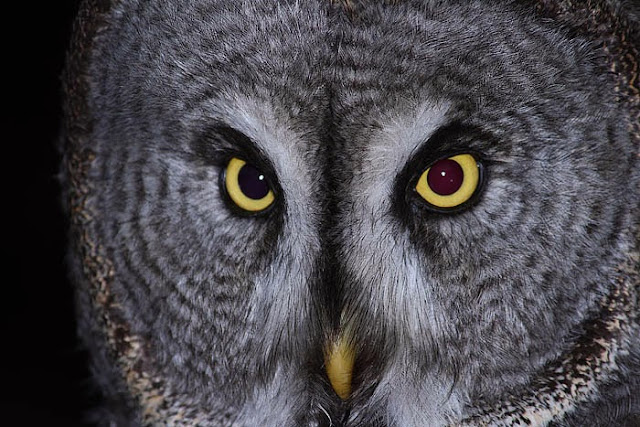+close-up.jpg) |
| Great Grey Owl (Strix nebulosa) close-up. (© LightColourShade. All rights reserved) |
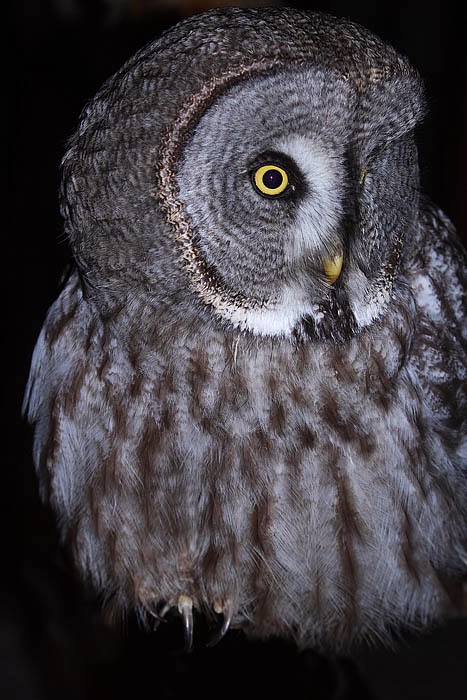+portrait.jpg) |
| Great Grey Owl (Strix nebulosa)(Phantom of the North, Cinereous Owl, Spectral Owl, Lapland Owl, Spruce Owl, Bearded Owl, Sooty Owl) portrait. (© LightColourShade. All rights reserved) |
In terms of length, the Great Grey Owl is believed to be the world's largest owl, but it has a lighter body than other species since much of its size is due to fluffy feathers, large head and the longest tail of any extant owl. The length ranges from 61 to 84 cm (24 to 33 in) for females and 67 cm (26 in) for males. The wingspan can exceed 152 cm (60 in) for females and 140 cm (55 in) for males. The adult weight ranges from 580 to 1,900 g, with males being usually smaller than females, as with most owl species. They breed in North America from Quebec to the Pacific coast and Alaska, and from Finland and Estonia across northern Asia. They are permanent residents, but may move south and southeast when food is scarce. These birds wait, listen, and watch for or fly low through open areas in search of prey, then swoop down. I happened to know a university professor who looked uncannily like this owl (except for the feathers, of course). While the bird's large facial disks, also known as "ruffs", focus sound, and the asymmetrical placement of their ears assists them in locating prey (since they hunt at night), I'm at a loss as to the utility of such features in a human being.
.jpg) |
| Great Grey Owl (Strix nebulosa)(Phantom of the North, Cinereous Owl, Spectral Owl, Lapland Owl, Spruce Owl, Bearded Owl, Sooty Owl). (© LightColourShade. All rights reserved) |
.jpg) |
| Great Grey Owl (Strix nebulosa)(Phantom of the North, Cinereous Owl, Spectral Owl, Lapland Owl, Spruce Owl, Bearded Owl, Sooty Owl) at night. (© LightColourShade. All rights reserved) |
Alert.
+close-up.jpg) |
| Harris Hawk (Parabuteo unicinctus) close-up. (© LightColourShade. All rights reserved) |
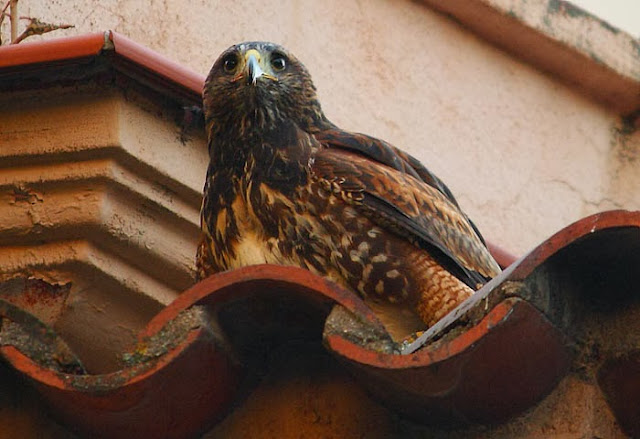+portrait+on+the+roof.jpg) |
| Harris Hawk (Parabuteo unicinctus) on the roof. (© LightColourShade. All rights reserved) |
+portrait.jpg) |
| Harris Hawk (Parabuteo unicinctus) portrait. (© LightColourShade. All rights reserved) |
Formidable.
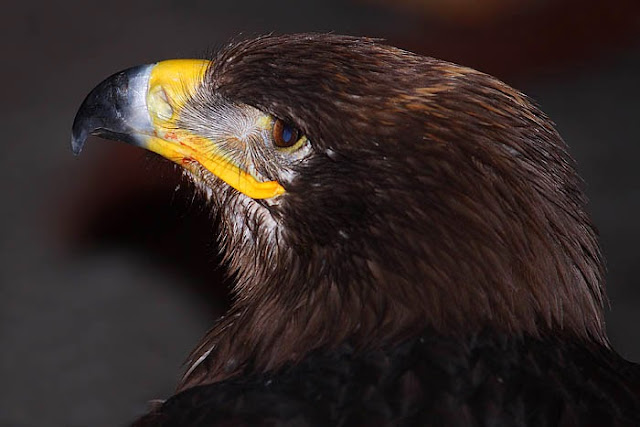+close-up.jpg) |
| Spanish Imperial Eagle, Iberian Imperial Eagle, Adalbert's Eagle (Aquila adalberti) close-up (© LightColourShade. All rights reserved) |
If looks could kill!
+portrait.jpg) |
| Spanish Imperial Eagle, Iberian Imperial Eagle, Adalbert's Eagle (Aquila adalberti) portrait (© LightColourShade. All rights reserved) |
Looking daggers.
.jpg) |
| Spanish Imperial Eagle, Iberian Imperial Eagle, Adalbert's Eagle (Aquila adalberti) (© LightColourShade. All rights reserved) |
The Turkey Vulture (Cathartes aura), also known as the turkey buzzard (or just buzzard), and as John crow or carrion crow in some areas of the Caribbean, is the most widespread of the New World vultures. Turkey Vulture ranges from southern Canada to the southernmost tip of South America. It inhabits a variety of open and semi-open areas, including subtropical forests, shrublands, pastures, and deserts. Turkey Vulture is a scavenger and feeds almost exclusively on carrion, finding food using its keen eyes and sense of smell. It uses thermals to move through the air, flapping its wings infrequently, roosts in large community groups, nests in caves, hollow trees, or thickets. The bird has very few natural predators and receives legal protection in the US.
Biding its time.
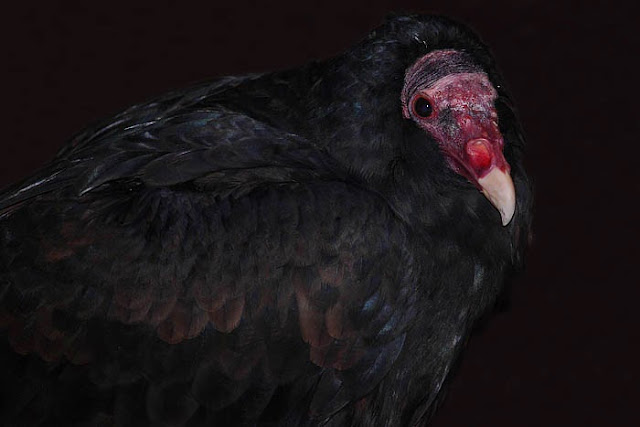.jpg) |
| Turkey Vulture (Cathartes aura). (© LightColourShade. All rights reserved) |
No comments:
Post a Comment
Speak out, I'm listening.